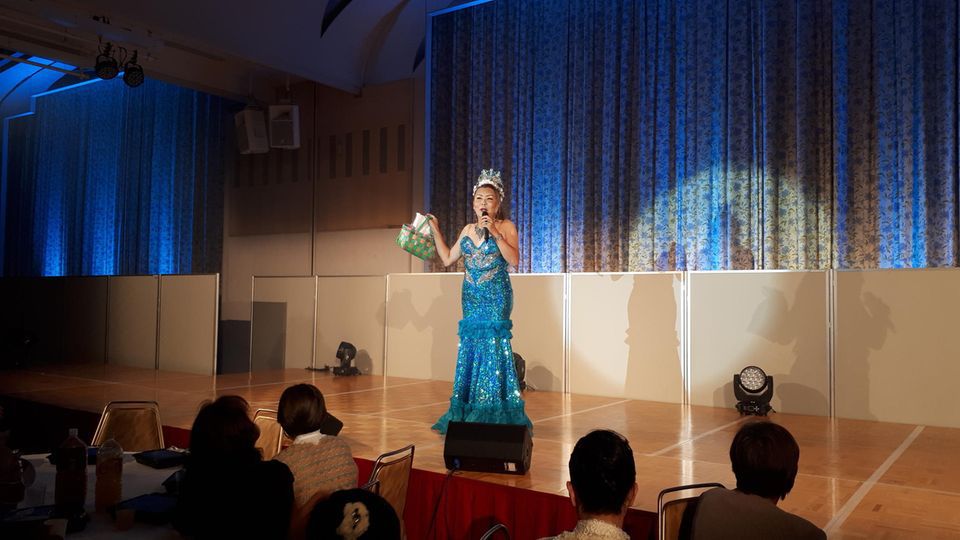Ishikawa Prefecture
Japan mourns dozens of deaths after earthquake
People line up for water around the town hall in Shika, Ishikawa Prefecture
© Kazuhiro Nogi / AFP
The earth in Japan does not rest. A tsunami warning has now been lifted, but the tremors continue. The emergency services rushed to the scene and searched feverishly for survivors. Their work is made more difficult by the considerable damage.
The strong quake struck shortly before nightfall and was followed by dozens more. Tidal waves around one meter high hit the coast. By daybreak on Tuesday there were thick layers of brown mud on the streets in some places. Since then, further earthquakes have shaken the region, while the deployment of rescue workers has been made even more difficult by considerable damage. Numerous houses were destroyed or fell victim to fires. Roads were torn up or partially blocked by landslides, and trees fell.
Earthquake in Japan triggers major fire
In the severely affected city of Wajima in Ishikawa Prefecture alone, more than 200 homes and businesses burned down. “I was very scared, I screamed. I thought I was going to die,” Australian tourist Kumudu Thuyakontha told The Sydney Morning Herald newspaper. She had just visited one of the famous traditional onsen baths in the tourist-popular Kanazawa Prefecture when the building began to sway. The Australian was lucky. She and her family were uninjured and took the first available train to Kyoto to escape the region after the shaking subsided.
“Japan 1900”
Japan shortly after opening: vintage photographs show the original country
Others were less lucky. “At first I thought the quake was of normal strength,” an Ishikawa resident told the Asahi Shimbun newspaper. “But soon after, there was a vertical tremor and the house collapsed.” His 79-year-old mother, who was in another room, was almost buried under the house, but still shouted “Get out!” called and were able to save themselves in time. They spent the night in a tent on a hill and then moved to emergency accommodation, the 50-year-old told the newspaper.
Japan is sending relief workers
Around 100,000 people were asked to seek safety during the New Year celebrations. Tens of thousands of people in the prefectures and Toyama had to wait in emergency shelters. In tens of thousands of households, the power went out in winter temperatures and water pipes burst.
Thousands of army personnel, firefighters and police officers from across the country were deployed to the disaster area on the relatively remote Noto Peninsula. Japan’s Emperor Naruhito and his family canceled their traditional New Year’s appearance before the people on Tuesday. They were heartbroken and hoped that efforts to save lives would progress as quickly as possible, the media quoted the House of Commons as saying.
More earthquakes expected
In the appearance, which usually takes place on January 2nd, the emperor and members of his family greet tens of thousands of subjects on the New Year behind glass windows of the Chowa Den Palace. It is one of the rare opportunities for the people to get so close to the palace. While initial clean-up work began, the quakes continued. The National Weather Service warned of further strong shaking for the rest of the week, especially this Wednesday.
In March 2011, a magnitude 9 earthquake triggered a massive tsunami that devastated large areas in the northeast of the country and killed around 20,000 people. There was a disaster at the Fukushima Daiichi nuclear power plant. The Far Eastern island kingdom of Japan is one of the most earthquake-prone countries in the world.
Note: This text has been updated several times.


